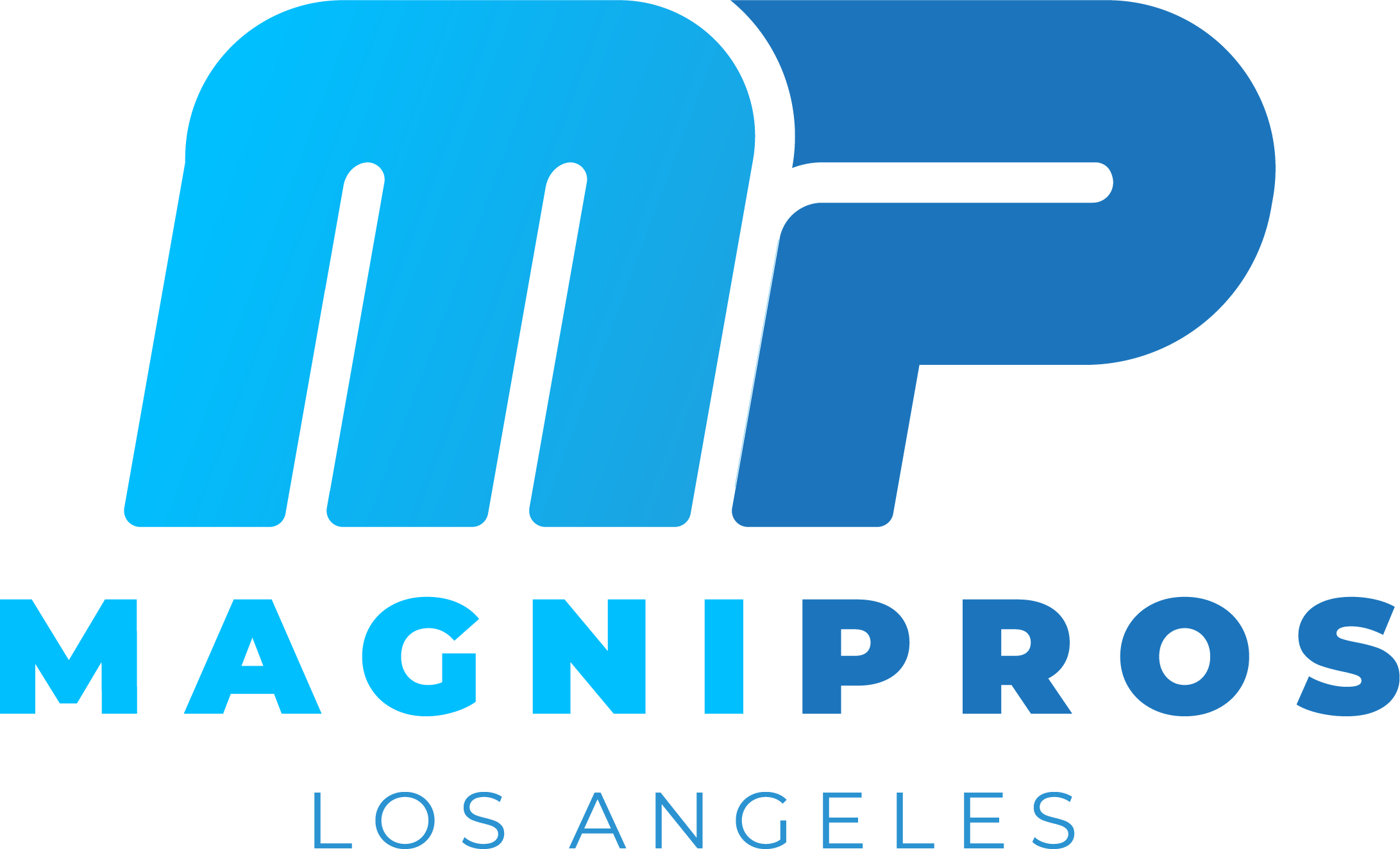FAQs
An acrylic lens is more impact, scratch, and shatterproof resistant than glass. It provides a crystal clear and distortion-free image. It is thicker than a fresnel lens. So, it is not as light as a fresnel lens.
A fresnel lens is flat on one side and ridged on the other. It is thinner and lighter than an acrylic lens. It is also more scratch, shatterproof, and impact resistant than glass.
Just try bringing the magnifier closer to the paper and that should do the trick.
Magnification, also referred to as magnifying power, depends on the focal length of the lenses used in an optical device. At MagniPros, we calculate the magnification based on measurements of the actual product, not the theoretical properties of the lenses. We use optical measurement equipment, such as a lensometer or lens clock, to measure the power of a lens. This provides the user with much more accurate results of magnification, compared to other methods which are based upon the lens mold or intended design that might not correspond to the real life product.
Our advertised magnifying power (MP) is based upon the standard industry equation (also referred to as “trade magnification”) for the maximum magnifying power corresponding to ideal viewing conditions, and depends on the diopters of a lens or lens system. The diopters of a lens is equivalent to the inverse of the focal length in meters.
MP = D/4 + 1
The above magnifying power is related to the nominal magnifying power as follows: MPnominal=MP-1=D/4. The diopter value (D) used for these calculation are based on empirical measurements from actual samples of the individual lens or lens system, using a lensometer and/or lens meter with a confirmed zero and calibrated to at least two points using known reference standards.
The diopter measurement is made according to the back focal length (BFL) specified by the directionality of actual usage of the lens or lens system. The testing is repeated over a sufficiently large sample set to calculate the average actual magnification. The results are converted to magnifying power and rounded to the nearest half power. For example, magnifying powers between 2.25-2.74x are rounded to 2.5x and 2.75-3.24x are founded to 3.0x.
Not necessarily, the higher the magnification the shorter the focal distance. So in order to use a high-powered magnifier, you would need to put your head very close to the object you are viewing.
In addition, a magnifier that is too powerful will distort the image making it difficult to read. Lastly, a high-powered magnifier has a very small viewing area. If you have too high a magnification, it becomes difficult to use the Magnifier as you end up focusing on too small a part in the page. Don’t get too caught up with magnification. Regretfully we are in an industry where some companies exaggerate magnification. Buyer beware!
Lighted magnifiers come in a wide variety of styles and shapes. The most important consideration when purchasing a lighted magnifier is the type of lighting. Lighted magnifiers come in LED and incandescent styles. Generally speaking a lighted magnifier with an incandescent bulb will be less expensive than an LED lighted magnifier.
However, LED magnifiers are generally brighter and use far less power than an incandescent bulb. When you consider the cost of batteries, LED magnifiers are typically a cost-effective investment. We do have some Rechargeable Magnifiers which you will never need to replace batteries.
With a large magnifier (e.g. for reading books and maps) hold the magnifier part way between your eye and the object. Now move the magnifier very slowly backwards and forwards until you have the best image, not too small, not too fuzzy. The idea with the largest reading magnifiers is to sit up straight, sit comfortably, you should not have to bend over the magnifier and peer closely (essential for navigating in a car when the sat nav fails, you need to glance down at the map and glance up at the road signs).
With the most powerful magnifiers (e.g. a jewelers loupe, 10x and up) hold the magnifier as close to your eye as possible (if you wear spectacles you may leave them on or take them off, whichever is the most comfortable). Next, bring the object very close to the magnifier, so close that it's almost touching. Finally, very slowly move the object away until it is in focus.






